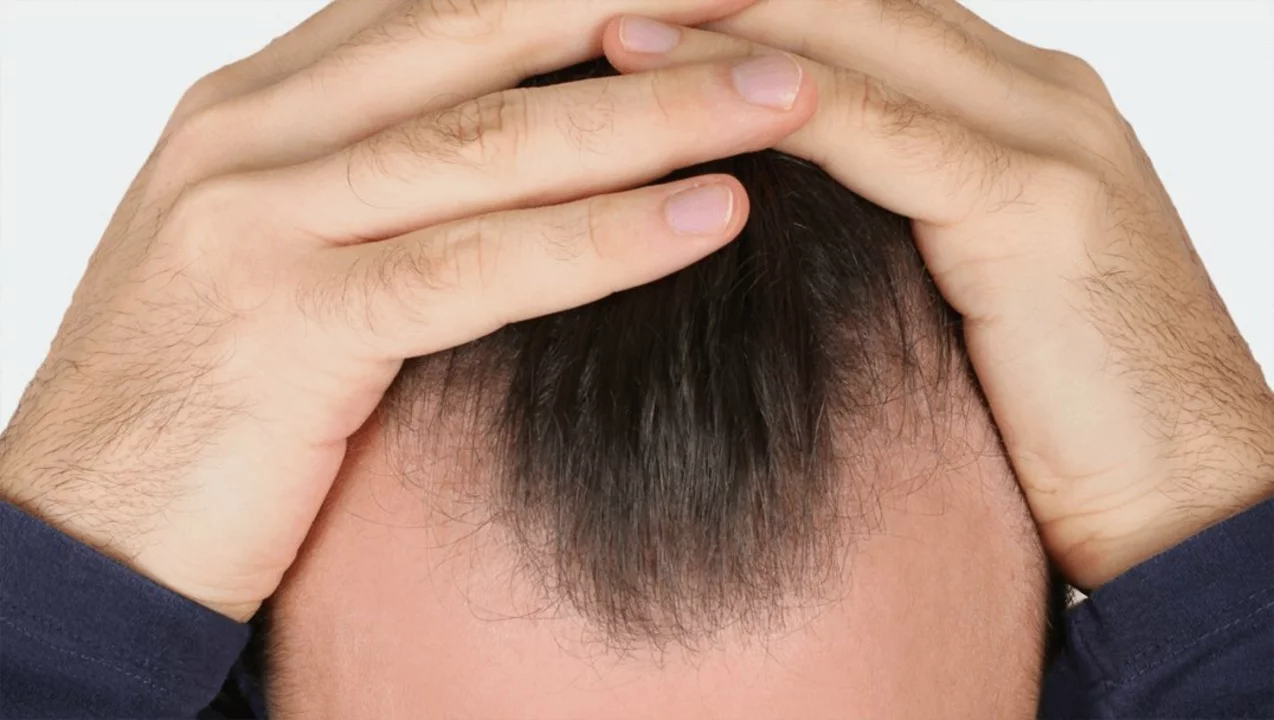Hair Loss and Baldness: How to Grow a Receding Hairline
If your hairline is pulling back faster than you’d like, you’re not alone. Lots of guys notice the thinning front zone during their 20s or 30s, and it can feel frustrating. The good news? Simple changes to your diet, daily routine, and product use can make a real difference. Below are the most effective steps you can start right now.
1. Feed Your Hair from the Inside Out
Hair is mostly protein, so a diet rich in lean meats, fish, beans, and nuts gives the building blocks it needs. Vitamins and minerals matter too—especially iron, zinc, and vitamin D. A quick way to cover the basics is to add a handful of spinach, a boiled egg, and a piece of fruit to every meal. If you’re not getting enough from food alone, a daily multivitamin with biotin can help fill the gaps.
2. Boost Scalp Blood Flow
Good circulation means more nutrients reach the hair follicles. A 5‑minute scalp massage each night does the trick. Use your fingertips in small circles, moving from the front hairline toward the crown. You’ll feel a gentle tingling, and that’s a sign blood is flowing. Some guys like to add a few drops of rosemary or peppermint oil for an extra boost—just dilute them with a carrier oil first.
Another easy hack is to switch up your shower temperature. A warm rinse opens pores, followed by a cool splash to tighten them up. This combo can improve circulation without any extra products.
3. Choose the Right Hair Products
Look for shampoos and conditioners that list caffeine, ketoconazole, or saw palmetto. These ingredients have been shown to slow hair‑follicle mini‑miniaturization, the scientific term for shrinking hair. Avoid anything with harsh sulfates or parabens—they strip natural oils and irritate the scalp.
If you’re open to a topical solution, minoxidil (the active ingredient in many over‑the‑counter treatments) can stimulate growth in the short‑term. Apply it twice a day to a clean, dry scalp and be patient; visible results usually take 3–4 months.
4. Ditch Tight Hairstyles and Harsh Chemicals
Pulling your hair back too tightly with bands, braids, or man‑buns can create traction alopecia, a form of loss that’s hard to reverse. Opt for looser styles and use fabric‑friendly hair ties. Also, keep chemical treatments—like bleaching or straightening—to a minimum. If you do color, choose a low‑ammonia formula and give your hair plenty of deep conditioning.
5. Manage Stress and Get Enough Sleep
Stress releases cortisol, a hormone that can push hair follicles into a resting phase. Find a stress‑buster that works for you—whether it’s a quick walk, meditation, or chatting with a friend. Aim for 7–8 hours of sleep each night; that’s when your body does most of its repair work, including hair growth.
Remember, hair regrowth isn’t an overnight miracle. Consistency is key. Stick with the diet, massage, and product routine for at least a few months before judging results. If you notice continued thinning despite your best effort, visiting a dermatologist can help you explore prescription options or rule out underlying conditions.
Bottom line: a healthier hairline starts with simple, everyday habits. Eat right, massage your scalp, pick smart products, avoid tight styles, and keep stress low. Follow these steps, stay patient, and you’ll give your hair the best chance to grow back stronger.
Posted by
Beatrice McKinley
0 Comments

As someone who's experienced hair loss and a receding hairline, I know how frustrating it can be. Thankfully, I discovered there are ways to help regrow and maintain a healthy hairline. A few essential tips include a balanced diet, regular scalp massages to increase blood circulation, and using hair products that promote hair growth. Additionally, avoiding tight hairstyles and harsh chemicals can also make a significant difference. Most importantly, patience is key as the process of hair regrowth takes time, so don't lose hope!
read more